Welcome to The Art of an Illustrator with Laura Stitzel!
We’re delighted to welcome supremely talented author-illustrator, Laura Stitzel, to talk about her illustrative journey working on the gorgeous picture book (written by Deborah Frenkel), 100 School Days. How pertinent that Laura shares her own process about a book that celebrates just that – all the little (and big) steps, firsts and achievements that culminate into the centurial celebration of reaching 100 days of school! Laura’s sublime watercolour illustrations bounce off the pages with enthusiasm as we share in the joyous milestones of those adorable youngsters on their adventure through schooling life. Such a nostalgic treasure for every classroom (and home) bookshelf!
Thank you, Laura! 🙂
About the Illustrator
Laura Stitzel is an author, illustrator and animator from Melbourne. Her work is a combination of watercolour, ink and painting.
Laura has written and illustrated over 20 children’s books. As a background artist and animator in Australia and Canada, Laura has worked on animated television shows for PBS, Disney, Warner Bros, Netflix, ABC and more.
Please visit Laura Stitzel at her website: Laura Stitzel | Illustrator – Animator (lauradraws.com) and on Instagram.
About the Author
Deborah Frenkel is a Sydney-born, Melbourne-based writer who lives in an extremely messy but happy house full of books and half-painted walls.
When she’s not writing for kids, she’s usually copywriting for TV commercials, billboards and the labels of shampoo bottles. If she wasn’t a writer, she’d probably be an engineer, having spent her childhood (and some of her adulthood) making machines out of toilet rolls and string. Fairies and ferries are equally magical to her.
Please visit Deborah Frenkel at her website: Deborah Frenkel author and on Instagram.
100 School Days can be purchased via the Affirm Press website.
Laura, thank you for joining me to chat about your amazing work!
How did you come to be an artist?
I started working in television as an animator and background artist after studying animation at university. In this kind of role, you’re a very small part of a huge team, and you’re adhering to the style and direction of the show’s creator. I was always compelled to make my own work. In my own time, I learnt to use watercolour and ink and created my own illustrations. I built a portfolio and wrote manuscripts, while attending conferences and learning about the publishing industry.
What does art and illustrating children’s books mean to you?
It’s an immense privilege to spend my time creating books for children. Books were my most precious and beloved belongings when I was a kid. My wonderful mum gathered a huge collection of amazing books, mostly classics from the 1950s and 60s. These same books remain some of my most valued objects (my career gave me an advantage over my sister when it came to deciding who could keep them!).
I was instilled with a sense of reverence for books. They’re not disposable objects, they’re worth time and consideration. The books that a child reads can open up their world and shape their understanding of it. That’s a pretty big deal.
Tell us a bit about your published works.
I’m the author/illustrator of two picture books, Mr Mo Starts to Grow and Moonlight Mums. I’m also the illustrator of a handful of picture books and chapter books by other authors. I love both ways of working equally. It’s magic to be able to create a whole book out of just the spark of an idea – but boy, it’s not easy! When I illustrate a text by another author, I feel like I am bouncing off another creator, and the whole is greater than the sum of its parts.
What does your illustration process look like?
Firstly, I draw my roughs in Photoshop. I’m used to drawing digitally and it’s easy to resize and edit on the fly.
Then I print out my roughs and use a lightbox to trace my linework. I used to use ink exclusively, but recently I’m using lead more frequently for softness and variation in line weight.
Next is watercolour, painted on separate paper from the linework so I can adjust both independently. Sometimes I paint in full colour, but for this book I painted in monochrome and coloured the paint digitally. I wanted to the colours to be precise and very bold, so it felt like building blocks and school uniforms and pencil cases.
Then I scan everything in, edit out all the annoying bits of fluff that have made their way into my scans, and compile them.
Lastly, I use photoshop to colour digitally and make any last-minute edits.
How did you find the process working with the author and publisher on your recent book project?
I loved making 100 School Days. The text is so fun and has a great energy to it. I was allowed a huge amount of freedom in the illustrations to come up with fun activities and interactions for the students. Affirm Press is quite hands on, and open about their marketing and positioning for the project. I find this really helpful and such a productive way to work.
What is your favourite part of the book?
My favourite part of 100 School Days is all the personalities of the kids. Apart from the main character, the other children aren’t really mentioned by name or specified in any way in the text. As I was drawing the same children on each page, I developed little personalities for them. There is a very energetic boy, a sooky boy, a girl who is very attached to the teacher, a friendly girl who loves holding hands and hugging, and so on. I loved coming up with poses to express their personalities and their blossoming friendships. By the end, they started to feel like they were my friends, too!
Where do you get your inspiration from, other than the words on the page?
I have a pretty good memory of my childhood and I draw upon it frequently. For this book, I loved thinking back to my first year of school and how it felt to be in that classroom, away from Mum and Dad. I loved illustrating the page where the main character learns to read the word ‘bird’. I remember the magic of quiet reading time at school, cuddling up on some cushions and soaking into a book – heaven. I also watch kids shows and read tons of kids books for all reading levels, to keep that feeling and memory alive. I approach my art as how it feels to be the child, not to address the child.
In what other ways do you spread the joy of art to children?
I still work in animation alongside my work in books. I love making cartoons for kids, especially funny ones!
Thanks so much, Laura! It’s been an honour! 😊
Thank you kindly.
#illustratorinterview #100schooldays #schoolstarters #childhood #picturebooks #justkidslit













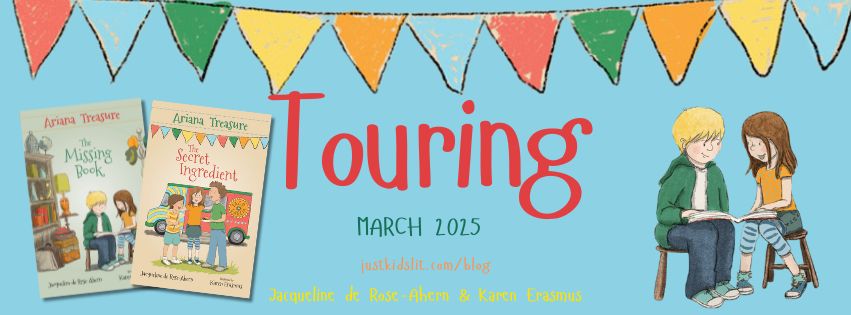
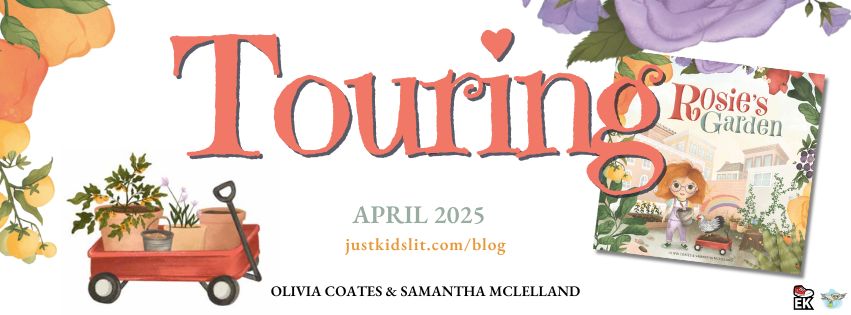
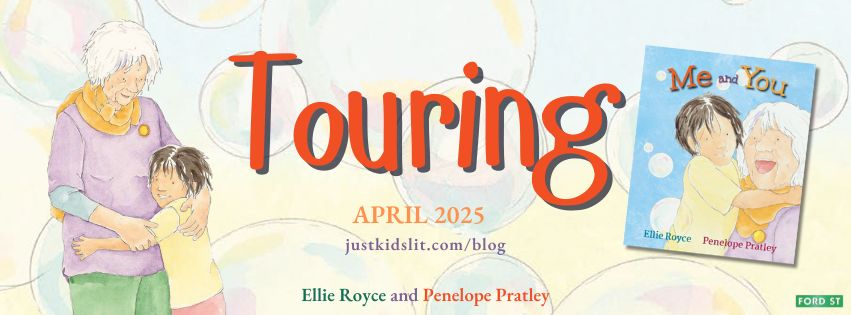
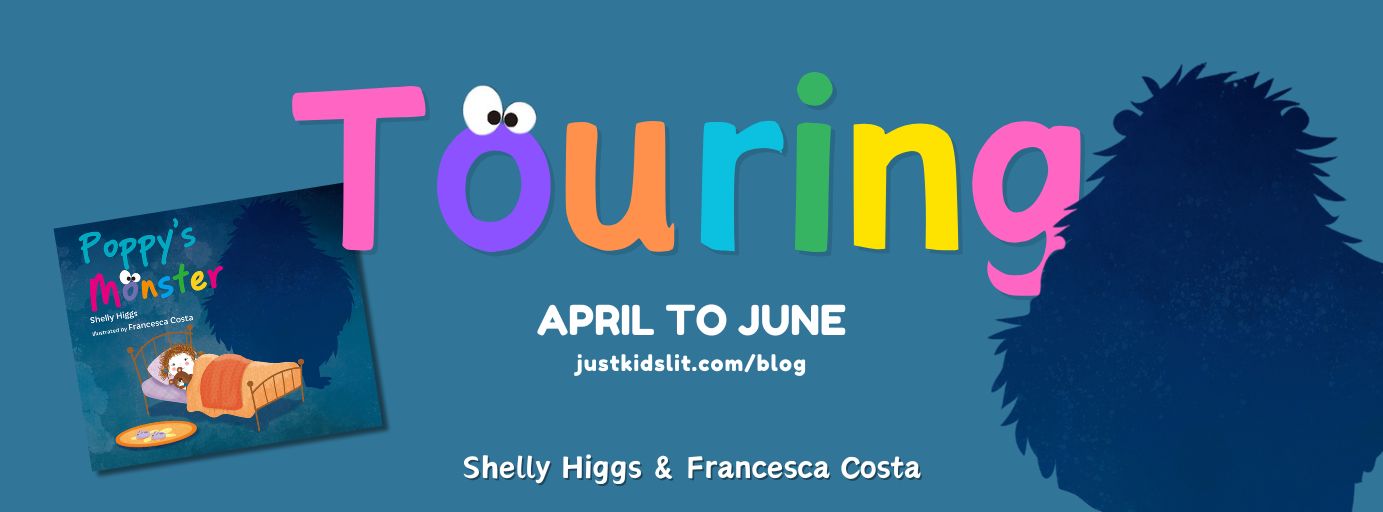
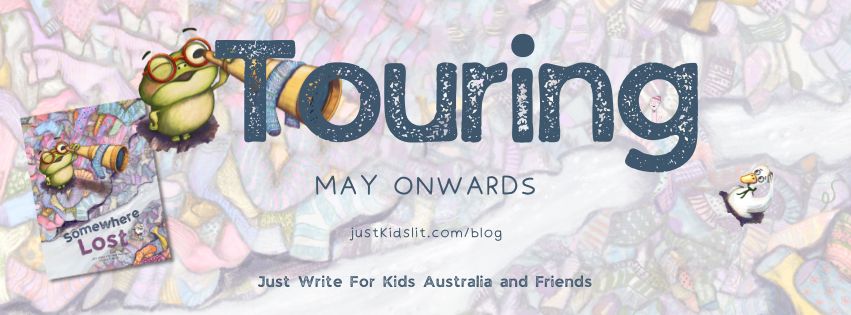





One thought to “The Art of an Illustrator: Laura Stitzel on 100 School Days”
Pingback: JWFK Favourite Reads: Summer Collection -